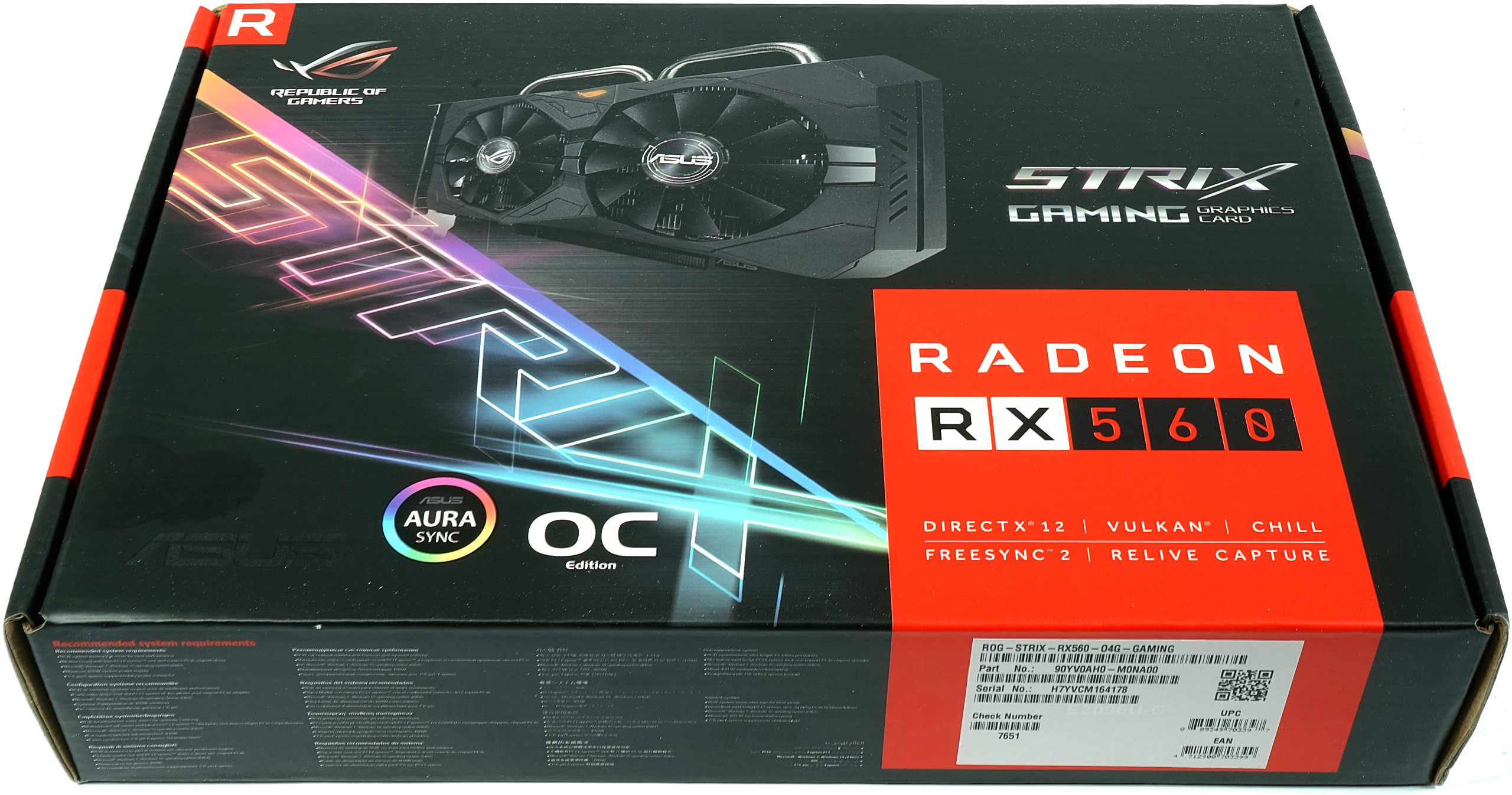AMD Radeon RX 560 4GB Review: 1080p Gaming On The Cheap
Why you can trust Tom's Hardware
Conclusion
The pace at which new hardware hit our lab this summer meant we couldn’t review all of AMD’s Radeon RX 500-series cards consecutively. As a result, we had to draw some informed hypotheses in our regularly-updated Best Graphics recommendations. One such assumption was that, based on our experience with Radeon RX 460, the better-equipped RX 560 would easily earn a place on our list. After all, AMD’s Polaris 11 “Baffin” GPU was wielding an extra 128 Stream processors at an almost 8%-higher base clock rate. And the games we test today are far more heavily weighted to DirectX 12 and Vulkan compared to when we reviewed GeForce GTX 1050/1050 Ti. Given what we know about the GCN and Pascal architectures, this shift was sure to favor AMD.
As it turns out, though, Radeon RX 560 has to contend with strong competition. Make no mistake: the card is faster than its predecessor. Sometimes that advantage is limited to a 5% boost, and other times it stretches to 10%. But the GeForce GTX 1050 doesn’t seem to be held back by its 2GB of GDDR5, even at 1080p. Thus, it readily trades blows with AMD’s card. The RX 560 excels in Doom and Hitman, while GTX 1050 Ti scores wins in The Witcher 3 and World of Warcraft. The rest of our suite ends in a fundamental draw.
Some of that could be attributable to our test platforms. The Radeon RX 460 and GeForce GTX 1050/1050 Ti reviews employed Core i7-6700K-powered PCs. This time around, we wanted to use a more mainstream configuration representative of the value-oriented GPUs, so both graphics cards are paired to a Core i3-6320.
While Radeon RX 560 doesn’t set itself apart from GeForce GTX 1050 in any dramatic way, the Polaris 11-based board still deserves its place on our Best Graphics list. Days ago, the card was readily available at $120 (£100). Now it seems to start around $130 (£110). But for that price you get serviceable performance in the latest games at 1920x1080, provided you’re willing to use medium-quality presets.
Our Asus ROG Strix Radeon RX 560 O4GB Gaming OC Edition sample facilitates respectable overclocking headroom, operates at acceptable temperatures, and isn’t particularly loud. It does require a six-pin power connector and two available expansion slots, but those are fairly standard requirements these days. Let's be specific, though. At $150 (£140), where the ROG Strix card sells, you're better off with a GeForce GTX 1050 Ti. Our endorsement of Radeon RX 560 applies when the AMD card is priced within $10 of the lower-end (and more comparable) GTX 1050.
MORE: Best Graphics Cards
MORE: Desktop GPU Performance Hierarchy Table
Get Tom's Hardware's best news and in-depth reviews, straight to your inbox.
MORE: All Graphics Content
-
RomeoReject Cutting it by $20 would make it a $100 card. They'd likely be losing money at that price point.Reply -
firerod1 Reply20235344 said:Cutting it by $20 would make it a $100 card. They'd likely be losing money at that price point.
I meant this card since it’s 1050 ti price while offering 1050 performance. -
cryoburner Reply...we couldn’t wait to see how Radeon RX 560 improved upon it.
Is that why you waited almost half a year to review the card? :3 -
shrapnel_indie Reply20235672 said:...we couldn’t wait to see how Radeon RX 560 improved upon it.
Is that why you waited almost half a year to review the card? :3
Did you read the review?
At the beginning of the conclusion:
The pace at which new hardware hit our lab this summer meant we couldn’t review all of AMD’s Radeon RX 500-series cards consecutively.
-
Wisecracker 4GB on the Radeon RX 560 = "Mining Card"Reply
The minimal arch (even with the extra CUs) can't use 4GB for gaming like the big brother 570. The 2GB RX 560 even trades blows with its 4GB twin, along with the 2GB GTX 1050, at the $110-$120 price point for the gamer bunch.
Leave the RX 560 4GB for the "Entrepreneurial Capitalist" crowd ...
-
bit_user I think your power dissipation for the 1050 Ti is wrong. While I'm sure some OC'd model use more, there are 1050 Ti's with 75 W TDP.Reply
Also, I wish the RX 560 came in a low-profile version, like the RX 460 did (and the GTX 1050 Ti does). This excludes it from certain applications. It's the most raw compute available at that price & power dissipation. -
senzffm123 correct, i got one of those 1050 TI with 75 W TDP in my rig, doesnt have a power connector as well. hell of a card!Reply -
turkey3_scratch My RX 460 I bought for $120 back in the day (well, not that far back). There were some for $90 I remember, too. Seems like just an RX 460. Well, it is basically an RX 460.Reply -
jdwii Man Amd what is up with your GPU division for the first time ever letting Nvidia walk all over you in performance per dollar, performance per watt and overall performance, this is very sad.Reply
Whatever Amd is doing with their architecture and leadership in the GPU division needs to change. I can't even think of a time 2 years ago and before where nvidia ever offered a better value.

